An Arctic approach to constitutional drafting
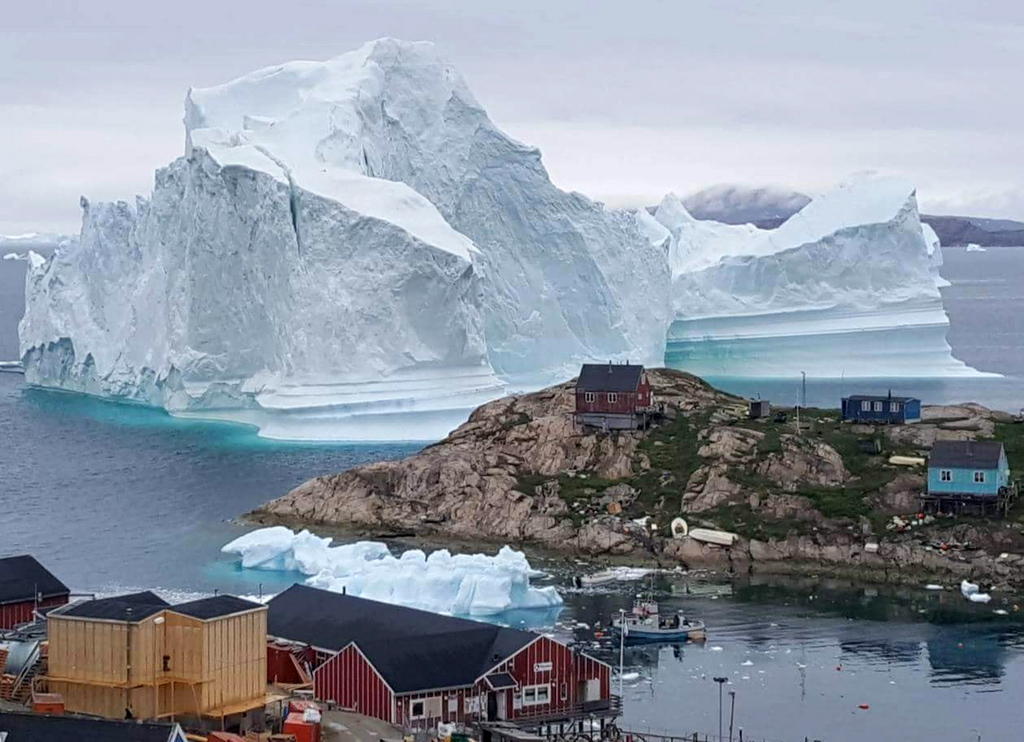
The North Atlantic region is focused on participatory and direct democratic constitution making, with Iceland, the Faroe Islands and Greenland all in the process of drafting their basic laws. What lessons can be learnt from this fascinating process?
“Shall we introduce private property, or keep the current collective concept? Shall we become a republic or remain a monarchy? These are questions we need to answer,” says Johan Lund Olsen over a cup of coffee at Pascuzzi’s, one of the newly-established coffee houses in Nuuk, Greenland.
The capital of the world’s biggest island is a peculiar place. Over the last 20 years the population has doubled – to 18,000 people. This may still seem a small number for a big country like Greenland, but note that almost every third Greenlander now lives in Nuuk.
Construction cranes in the city are as frequent as the container ships that bring in everything a modern society needs. Some of the new building work involves roads connecting Nuuk with other spots in Greenland, a country with more than 2.1 million square kilometers (about 3.5 times the size of France).
Getting around Greenland, and meeting its population of 57,000 people scattered across nearly 100 different locations, requires either a boat (for shorter distances in summer), or a plane or helicopter (for all other travel during the year).
Olsen is head of the secretariat at the Tunngaviusumik Inatsisissaq pillugu, Greenland’s constitutional commission. “This commission will draft the first constitution of Greenland in close cooperation with all the people of the nation,” he says.
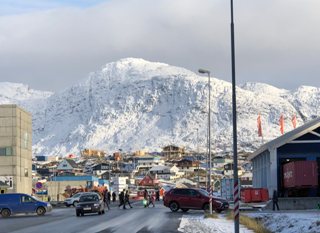
Breaking free
But there is no rush. Established in April last year, the commission, which includes members of all seven parties of Greenland’s parliament (the Inatsisartut), is still to set to work as a government crisis and early elections slowed its path to designing a fully independent nation.
In a popular vote ten years ago (on November 25, 2008), more than 75% of voters approved self-determination legislation, allowing the former Danish colony to unilaterally declare full independence whenever it feels the time is right.
Many Greenlanders had hoped an independence declaration would come into force by June 21, 2021 – the 300th anniversary of the arrival of the first Dane, Hans Egede in Nuuk. But Greenland has struggled with economic and structural limitations, in part because Denmark has maintained a strong financial and cultural influence over strategic Arctic partner.
Greenland is continuing the process of developing its constitution, but step-by-step. “Before the real drafting work starts, we are now studying similar processes in our Arctic neighbourhood and beyond,” says Olsen.
The long road to independence
Two interesting cases particularly attracted the attention of the commission: the Faroe Islands and Iceland. Both countries are also former Danish colonies and both countries have intensified their efforts to replace Danish basic laws with indigenous ones. Both processes have met with unexpected hurdles and faced criticism, internal and external.
The Faroe Islands and Iceland have one historical feature in common. In both countries, majorities of the electorate voted at the end of the Second World War for full independence.
In Iceland, nearly all eligible citizens participated in the May 23, 1944 referendum (turnout 98,4%) and, of those, 99,5 % voted to abolish the union with Denmark.
Almost as many (98,5%) also came out in favour of replacing the monarchic Danish constitution with a republican Icelandic one.
But while the first decision – separation from Denmark – was fully implemented within a few weeks, the constitutional reform was limited to rewriting the monarchic document, basically by replacing the word “king” by “president”.
In the Faroes, an archipelago of 18 islands and 50,000 people with their own language and culture, the popular decision was quite different.
On September 14, 1946, just 50.7% of eligible voters approved full independence with a turnout of 67,5%.
The subsequent declaration of independence four days later by the parliamentary speaker was not recognised by Denmark, which sent some marine units to the North Atlantic instead.
By the late 1940s, thus, the Faroe Islands had only limited autonomy rights, while Iceland was already a fully independent state by the end of the 1940s. (Greenland, by comparison, remained a dependent Danish colony until 1979.)
Assembly-sourced constitution
It took another couple of economic and political crises to rekindle the hunger in the Faroe Islands for its own constitution.
The islands would eventually introduce a so-called Take Over Act in 2005. This agreement with Denmark allows the islands’ citizens to decide unilaterally on the issue of statehood.
Over the past decade the Faroese have worked on a draft national constitution. Three full proposals have been submitted to the parliament in the Capital Tórshavn, but the document never won a necessary majority of votes.
An attempt by the current pro-independence government to submit a draft constitution to the Faroese people in spring 2018 had to be stopped after a parliamentary veto. The main problem remains the political divisions among the main parties of the country.
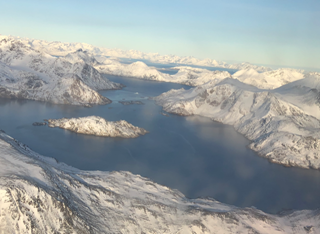
Iceland is no stranger to such political division. The big financial crash ten years ago shook up the stable political landscape of post-war Iceland with a strong and conservative independence party holding all power in its hands.
In spring 2009, for the first time, a left-leaning government took over and sought to fundamentally reset the country. It sent an application for EU membership to Brussels and launched a total overhaul of the (unfinished) constitution.
The latter effort particularly attracted plenty of public interest, not just in Iceland but also across the world, due to the nature of the process.
First, a representative and deliberative National Assembly was called to set the political agenda for a new constitution. Then in 2010 and 2011, a directly-elected constitutional assembly was established and was given a few months to draft a constitution.
This process inspired some observers. They called Iceland’s reform process a “crowd-sourced constitution”, but this wasn’t true as the process was not really open; the work was limited to the 25 elected/appointed assembly members.
Recipes for success: no rush, party-political consensus
Again, the fundamental disagreement between the main political parties prevented this innovative process from succeeding.
In a last attempt to save some of the key proposals of the constitutional assembly, the government organised a series of (advisory) popular votes in autumn 2012 on issues including the state religion, natural resources, and the introduction of modern direct democracy.
In spite of clear majorities in favour of changes, at the time, parliament failed to come up with any reform. Yet there has been some progress recently, following last year’s elections.
New attempts are now underway to bring some reforms forward, led by current Prime Minister Katrín Jakobsdottir.
Greenland is trying to learn from these North Atlantic attempts at constitutional renewal processes by (a) not rushing and (b) not conducting the process under fundamental disagreements of the main parties.
Greenland could also turn Iceland’s hope for a “crowd-sourced constitution” into reality by organising a fully transparent and online consultation and editing process – something that may in fact turn out to be a practical necessity.
“Due to practical and financial limitations we cannot go to all the populated places across the island,” says Olsen of the Greenland Constitutional Commission. “We will need to draft our constitution with the help of the internet.”
When and how this process will lead up to a new popular vote is still and open question. At some point in the future, Kalaallit Nunaat – the name for Greenland in its national language – will be an independent country with its own constitution, developed and agreed upon by the Greenlanders themselves.

In compliance with the JTI standards
More: SWI swissinfo.ch certified by the Journalism Trust Initiative
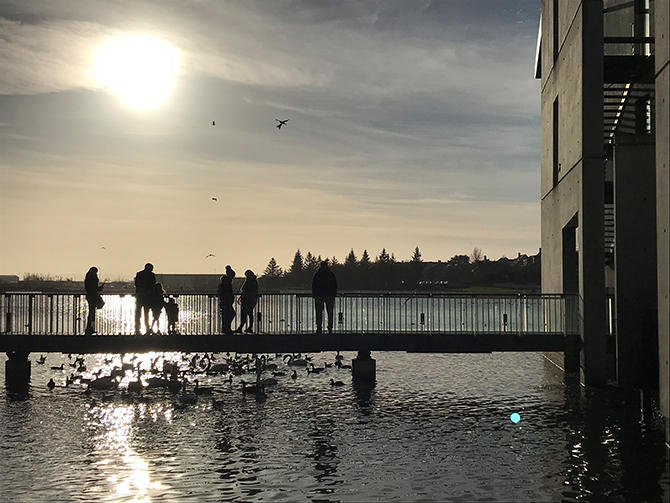
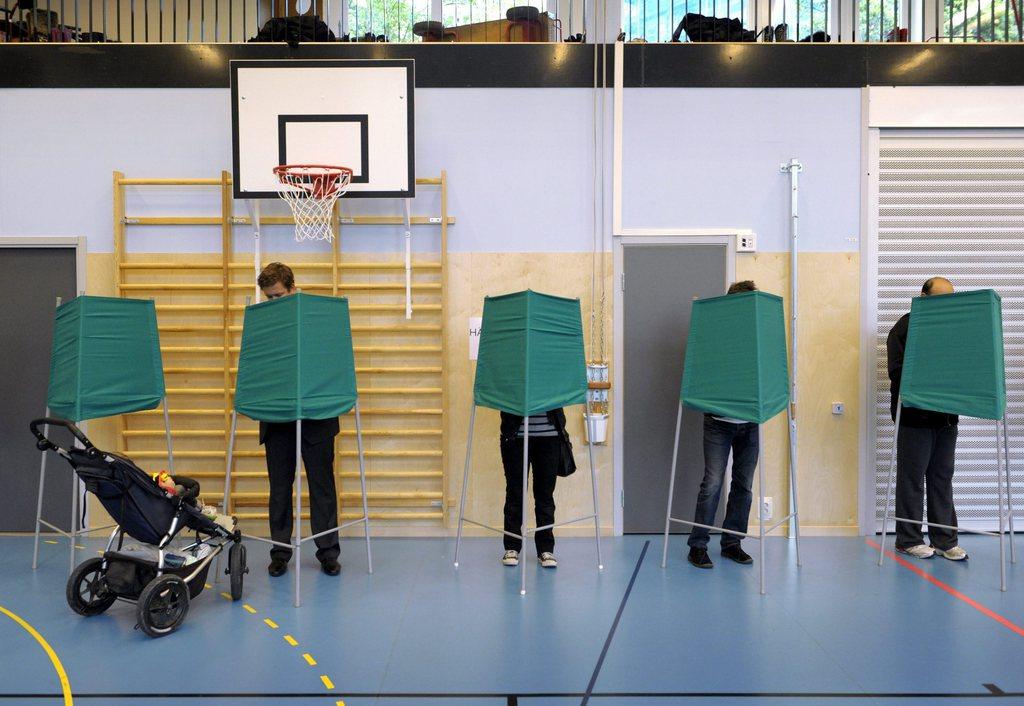
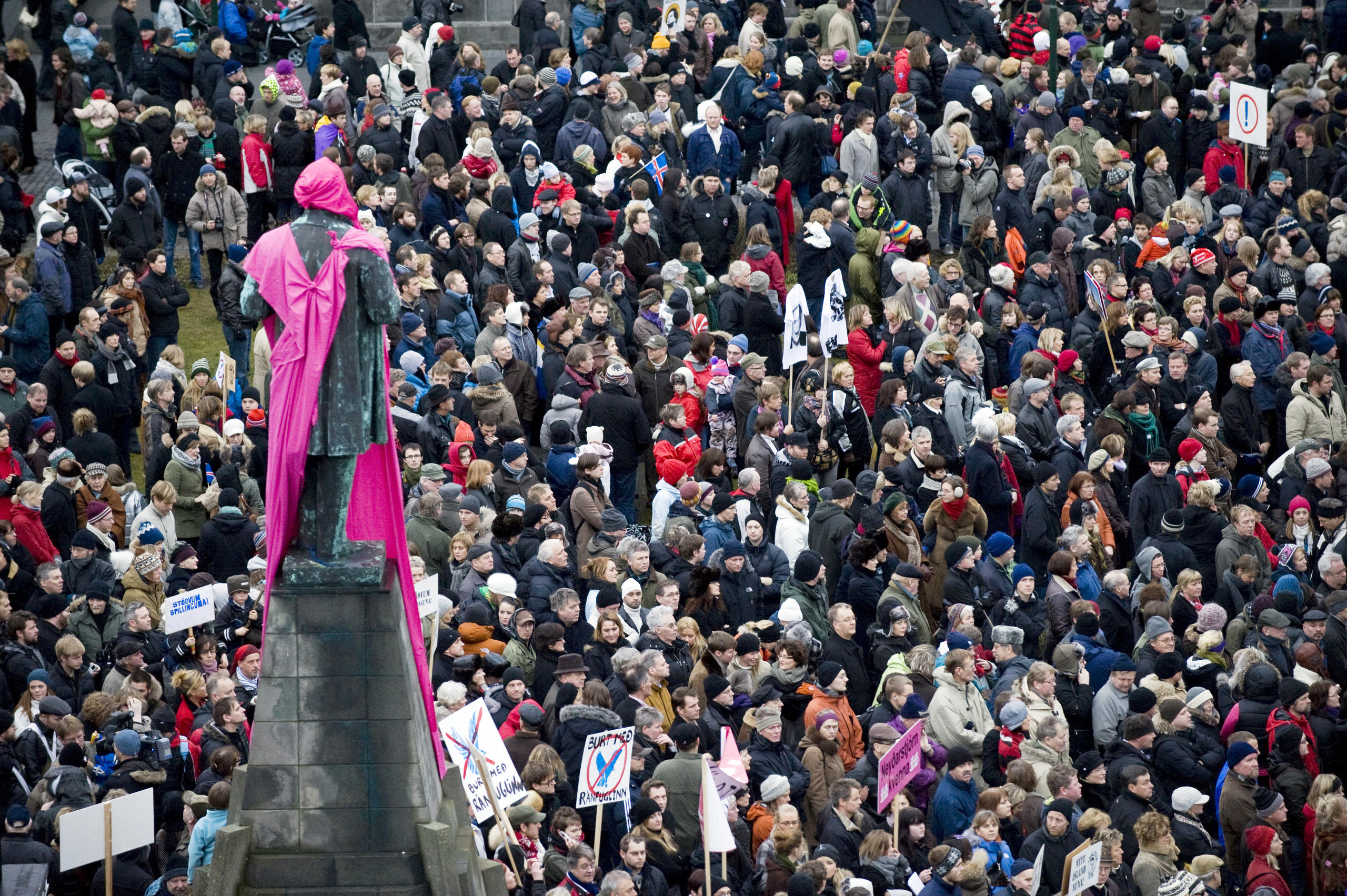
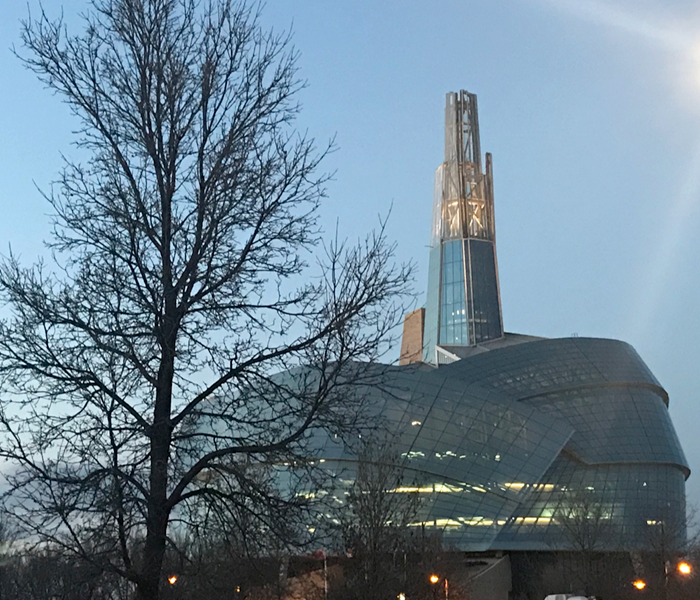
You can find an overview of ongoing debates with our journalists here. Please join us!
If you want to start a conversation about a topic raised in this article or want to report factual errors, email us at english@swissinfo.ch.